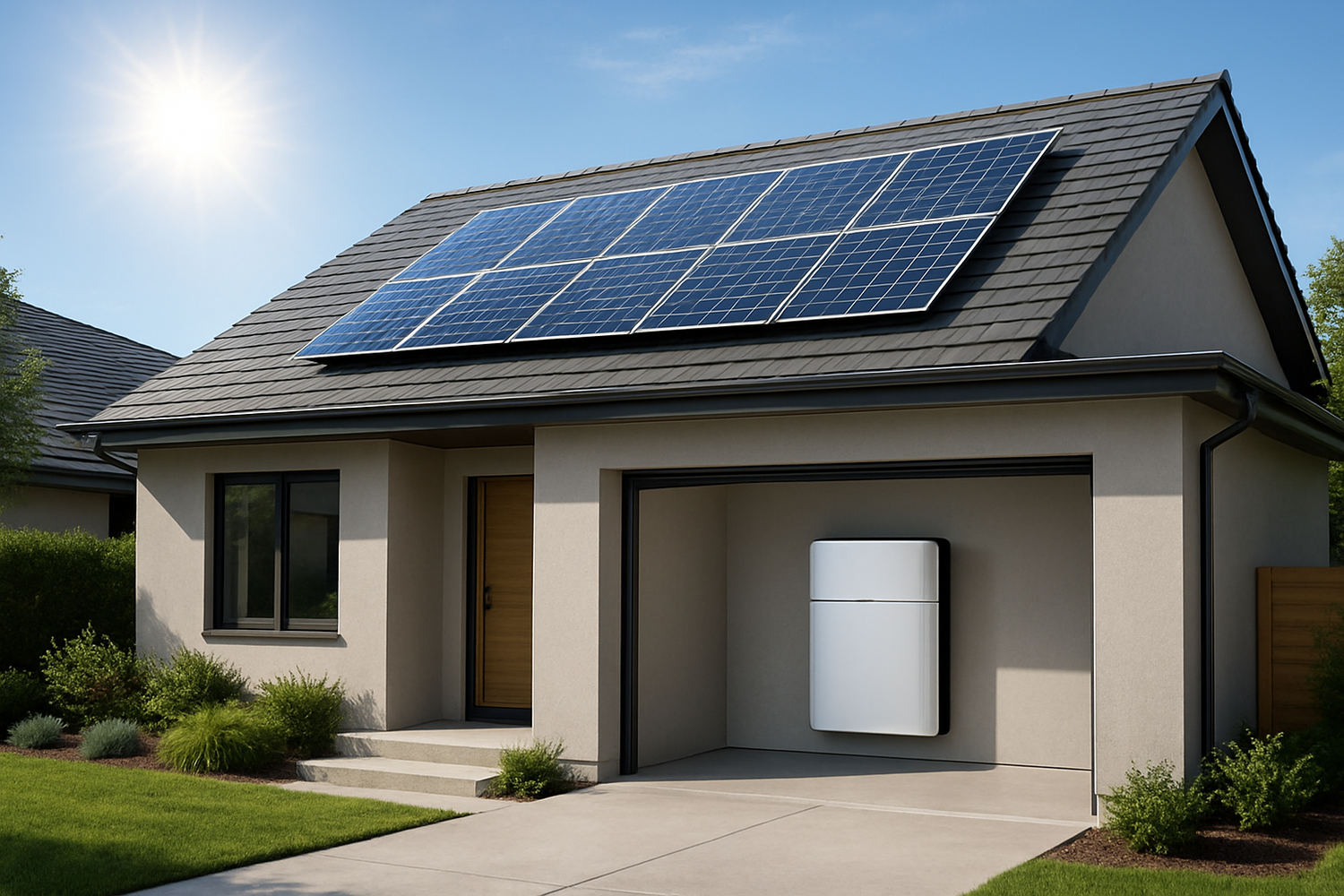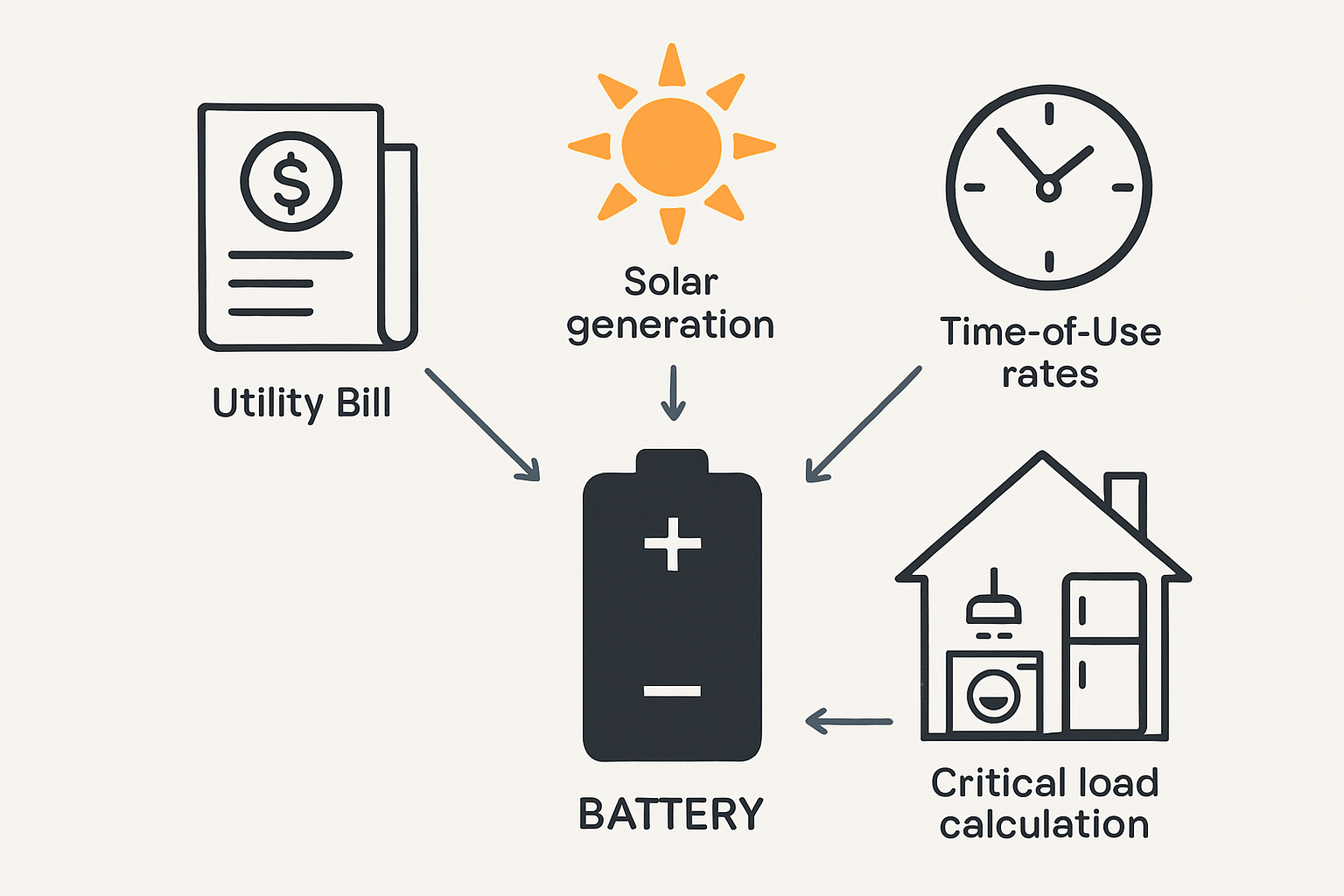The conversation around residential energy is changing. Homeowners are increasingly seeking control over their power, resilience against grid instability, and ways to maximize their solar investments. This brings a critical question to the forefront: is a home battery storage system a worthwhile investment in 2025? With evolving technology, fluctuating utility rates, and shifting incentives, a careful cost-benefit analysis is more important than ever.
Understanding the Costs of Home Battery Storage
Evaluating the value of a residential energy storage system begins with a clear picture of the total investment. This includes not just the upfront price but also any long-term operational costs.
Breaking Down the Initial Investment
The primary expense of a home battery system is composed of several key elements. The total cost for a fully installed system can range from $6,000 to over $18,000, depending on size and specifications. On average, the cost is around $1,300 per kilowatt-hour (kWh) before any incentives are applied. Key components include:
- The Battery Unit: This is the core of the system. Lithium Iron Phosphate (LiFePO4) batteries are a popular choice due to their long lifespan, enhanced safety, and high efficiency.
- The Inverter: This device converts the direct current (DC) electricity stored in the battery to alternating current (AC) that your home can use.
- Installation and Labor: Professional installation is crucial for safety and performance. These costs vary based on the complexity of the installation and local labor rates.
- Balance of System (BOS): This category includes all other necessary components like wiring, mounting hardware, and the monitoring system that allows you to track your energy production and consumption.
Long-Term and Operational Costs
Modern residential energy storage systems, particularly those using LiFePO4 technology, are designed for longevity and require minimal upkeep. However, it's wise to consider the complete lifecycle. Battery degradation occurs over time, but high-quality systems come with warranties guaranteeing a certain capacity after a decade or more of use. Most systems include monitoring software without ongoing fees, but it's always a good practice to confirm this beforehand.
The Financial Returns: How a Battery Pays for Itself
A home battery system generates value primarily by reducing your reliance on the grid and lowering your electricity bills. The return on investment, or Solar battery ROI, is influenced by several financial factors.
Reducing Your Electricity Bills
One of the most significant financial benefits is the ability to strategically manage your energy use. This is especially valuable for homeowners in areas with Time-of-Use (TOU) electricity rates, where the price of energy changes throughout the day. You can charge your battery with solar power or cheap off-peak grid power and then use that stored energy during expensive peak hours, a practice known as energy arbitrage. Furthermore, a battery allows you to store excess solar energy for use at night, maximizing your solar self-consumption and reducing the amount of energy you need to buy from your utility.
| Time of Day | Grid Electricity Price | Home's Power Source | Financial Impact |
|---|---|---|---|
| Midday (Low Demand) | Low | Solar Panels / Grid (Charging Battery) | Store cheap energy for later use |
| Evening (Peak Demand) | High | Home Battery | Avoid buying expensive peak-hour electricity |
Incentives and Rebates
Government and utility incentives can significantly reduce the net cost of a home battery system. For example, the federal Residential Clean Energy Credit in the United States allows homeowners to claim a credit for a portion of the system's cost. Many states and local utilities offer additional rebates or tax credits to encourage the adoption of energy storage. According to the World Energy Investment 2023 report by the IEA, supportive policies like the Inflation Reduction Act have provided a significant boost to the battery storage market. These incentives can shorten the payback period by several years, making the investment profitable much faster.
Disclaimer: This information is for educational purposes only and does not constitute financial or legal advice. Consult with a qualified professional to understand the incentives available to you.
Beyond the Bottom Line: The Intangible Value
The home battery system value extends beyond simple monetary savings. Many homeowners find the non-financial benefits to be just as, if not more, compelling.
Energy Independence and Resilience
A key advantage is the ability to maintain power during a grid outage. Whether caused by severe weather or equipment failure, a charged battery can keep essential appliances like refrigerators, lights, and medical devices running seamlessly. This provides peace of mind and a crucial layer of security, reducing your household's dependence on an increasingly strained power grid.
Grid Support and Environmental Impact
By storing clean solar energy, you reduce your home's carbon footprint and contribute to a more sustainable energy future. Residential energy storage systems also help create a more stable and resilient electrical grid. According to a report from Renewable Power Generation Costs in 2024, batteries enhance grid reliability by shifting electricity from times of high generation to periods of high demand. This reduces the need for fossil-fuel 'peaker' plants that are often fired up to meet peak demand.
A 2025 Cost-Benefit Analysis: Is It Your Time to Invest?
Deciding if a home battery is right for you requires a personalized analysis. The financial case is strengthening as technology improves and costs trend downward, despite some recent fluctuations.
Key Factors Influencing Your ROI
Your specific situation will determine the ultimate value of a battery system. The most important factors include your local utility's rate structure, your daily and seasonal electricity consumption patterns, and the availability of incentives in your region. The system's performance is also critical. Understanding key metrics like cycle life and depth of discharge is essential for an accurate solar battery ROI calculation. For a deeper dive into these metrics, an ultimate reference on solar storage performance can provide a clearer picture of long-term value.
Market Trends and Future Outlook
The residential energy storage market is experiencing rapid growth. The IEA's World Energy Investment 2023 report highlights that global investment in battery storage more than doubled in 2022. This trend is driven by falling production costs, technological advancements, and strong policy support. While upfront costs remain a consideration, the long-term financial and practical benefits are making home battery storage an increasingly attractive option for homeowners.
Final Thoughts on Your Energy Future
A home battery storage system is more than just an appliance; it's an investment in energy control, resilience, and sustainability. For many in 2025, the combination of direct financial savings, valuable incentives, and the security of backup power makes it a compelling proposition. The decision ultimately depends on your individual energy needs, financial goals, and local market conditions, but the trajectory is clear: residential energy storage is a key component of the modern, independent home.
Frequently Asked Questions
How long does a home battery system last?
A modern lithium iron phosphate (LiFePO4) battery system is typically warrantied for 10 years and can last much longer, often rated for thousands of charge-discharge cycles. The exact lifespan depends on usage, operating temperature, and the battery's specific chemistry.
Can I add a battery to my existing solar panel system?
Yes, you can add a battery to an existing solar installation. This is often called an 'AC-coupled' system. The battery connects to your home's electrical panel and works alongside your current solar setup. New installations that include both solar and storage at the same time are typically 'DC-coupled' for slightly higher efficiency.
What size battery do I need for my home?
The optimal battery size depends on your goals. If you want to power your home through the evening on stored solar energy, you'll need to analyze your nightly energy consumption. If your main goal is backup power, you'll need to decide which essential appliances you want to run during an outage and for how long. A typical home battery has a capacity of around 10 to 15 kWh.





Leave a comment
All comments are moderated before being published.
This site is protected by hCaptcha and the hCaptcha Privacy Policy and Terms of Service apply.